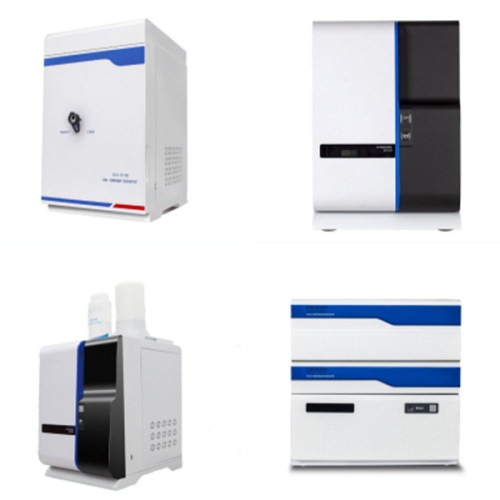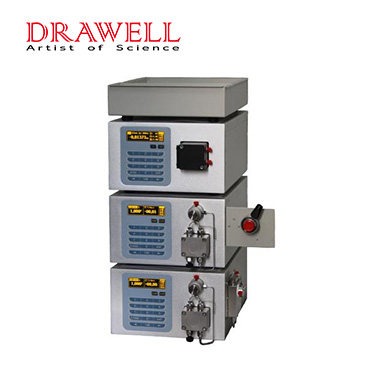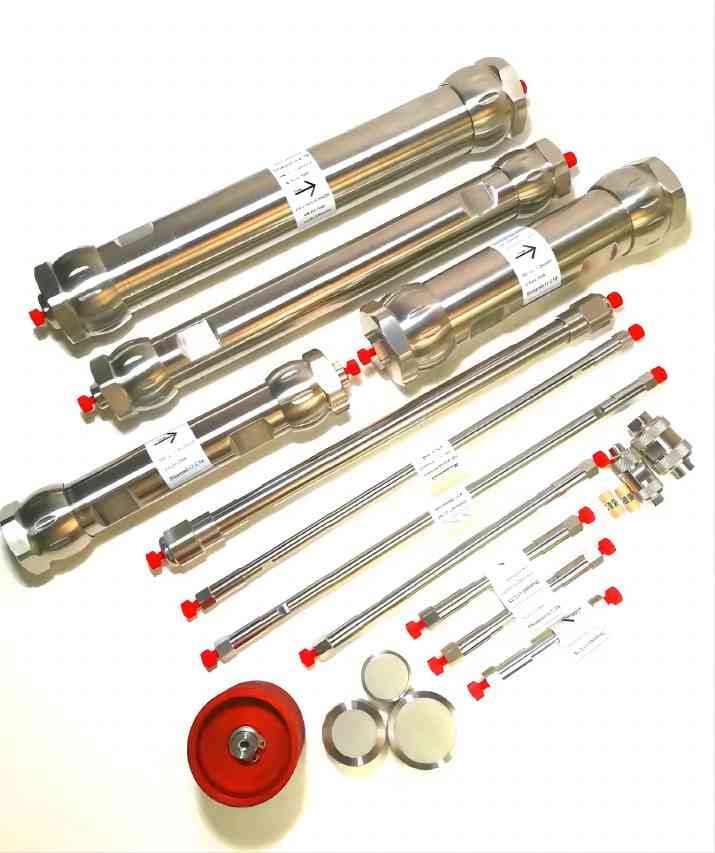In the discipline of chemistry, column chromatography is a versatile and commonly used separation process. It permits molecules to be separated, purified, and analyzed based on their physicochemical properties as they interact with a stationary phase inside a column. Various types of column chromatography technologies have been developed over the years, each customized to certain applications and chemicals of interest. In this article, we will explore some of the most common types of column chromatography with their unique principles & applications and some steps to help you select the right column chromatography method.

8 of Common Used Types of Column Chromatography
1. Flash Column Chromatography
Flash column chromatography is a faster variation of traditional column chromatography. It makes use of a glass column containing a stationary phase, often silica gel or other appropriate materials. A peristaltic pump or a pressured gas drives the solvent through the column, allowing for fast compound separation. Flash column chromatography is often used in the purification of organic compounds, especially in synthetic chemistry.
2. Normal Phase Chromatography
The stationary phase in normal phase chromatography is polar, such as silica gel, while the mobile phase is rather nonpolar. This method is especially useful for separating polar substances like organic molecules and natural products.
3. Reverse Phase Chromatography
In contrast to normal phase chromatography, reverse phase chromatography uses a nonpolar stationary phase, commonly a hydrophobic substance such as C18-bonded silica, while the mobile phase is polar. It is frequently used to separate nonpolar or less polar substances, such as hydrophobic proteins or medicines.
4. HPLC (High-Performance Liquid Chromatography)
HPLC (High-Performance Liquid Chromatography) is a versatile technology that combines liquid chromatography with high-pressure pumps, sophisticated detectors, and automation. . It can be adapted to various separation modes, including normal phase, reverse phase, ion exchange, and size exclusion, making it suitable for a wide range of applications, from pharmaceutical analysis to environmental monitoring.
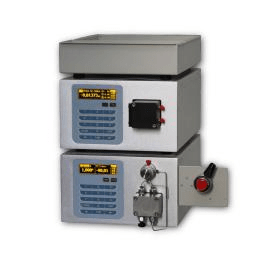
5. Ion Exchange Chromatography
Compounds are separated via ion exchange chromatography based on their charge. The stationary phase in this ion chromatography method is made up of ion-exchange resin beads with either positively charged (cation exchange) or negatively charged (anion exchange) functional groups. This method is useful for separating ions, amino acids, and proteins.
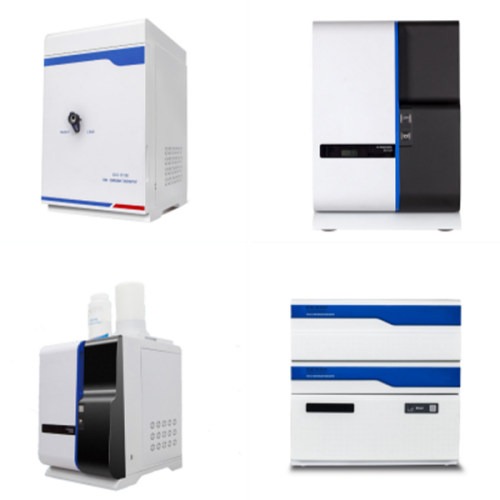
6. Size Exclusion Chromatography (SEC)
Size exclusion chromatography, commonly known as gel filtration or gel permeation chromatography, is a technique used to separate molecules depending on their size or molecular weight. Larger molecules move faster in the column, while smaller molecules are held. SEC is frequently used to purify and analyze proteins, polymers, and biomolecules.
7. Affinity Chromatography
Specific interactions between a biomolecule of interest and a ligand bound on the stationary phase are used in affinity chromatography. This method is highly selective and is widely used for the purification of proteins, antibodies, and other biomolecules.
8. Chiral Chromatography
Chiral chromatography separates enantiomers, which are molecules that are mirror images of each other but cannot be superimposed. It utilizes chiral stationary phases that interact differently with each enantiomer. This technique is crucial in pharmaceutical research and the production of chiral drugs.

How to Select the Appropriate Column Chromatography?
Choosing the right column chromatography method is critical for successful compound separation and purification. The choice is determined by the specific properties of the chemicals you are working with, the goals of your chromatography operation, and the chromatography equipment you have available.
1. Know Your Compounds
Know the properties of the compounds you intend to isolate. Consider size, polarity, charge, and any interactions these may have with specific stationary phases.
2. Identify the Separation Goals
Determine your key goal. Are you purifying a single component, separating a mixture, or assessing a sample’s composition? Your objectives will determine the type of column chromatography you use.
3. Select the Chromatography Type
a. Normal Phase Chromatography
- Appropriate for polar compounds.
- Stationary phase is polar (e.g., silica gel).
- Nonpolarity characterizes the mobile phase.
b. Reverse Phase Chromatography
- Suitable for nonpolar or less polar compounds.
- Stationary phase is nonpolar (e.g., C18-bonded silica).
- Mobile phase is polar.
c. Ion Exchange Chromatography
- Suitable for separating ions or charged molecules.
- Stationary phase contains ion-exchange resin with charged functional groups.
- Mobile phase varies based on the type of ion exchange (cation or anion).
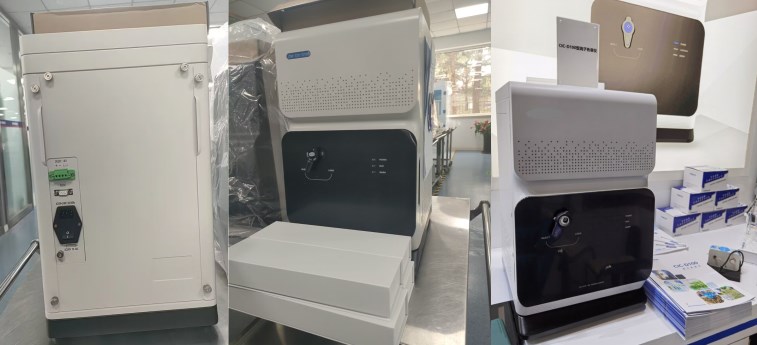
d. Size Exclusion Chromatography (SEC)
- Ideal for separating molecules based on size or molecular weight.
- Stationary phase is porous and does not interact strongly with analytes.
- Mobile phase typically consists of a buffer solution.
e. Affinity Chromatography
- Appropriate when the compounds have specific interactions with immobilized ligands on the stationary phase.
- Highly selective for target compounds, such as proteins or antibodies.
f. Chiral Chromatography
- Used for separating enantiomers (mirror-image isomers).
- Stationary phase is chiral and interacts differently with each enantiomer.
- Suitable for resolving chiral compounds in pharmaceuticals and biochemistry.
4. Consider the Scale and Equipment
Your decision may be influenced by the scale of your separation (micro, analytical, preparative, etc.) and the availability of equipment. For analytical applications, high-performance liquid chromatography (HPLC) is frequently recommended, whereas flash chromatography or bigger preparative columns are appropriate for larger amounts.
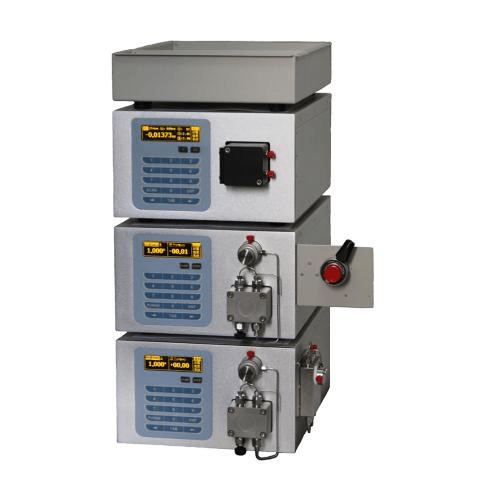
5. Budget and Time Constraints
Consumables like as columns and solvents vary in price depending on the chromatography process. Consider your money and the amount of time available for the divorce.
6. Consult Literature and Experts
To learn which method has been effectively utilized for similar chemicals or applications, examine relevant literature or experienced colleagues or specialists in the subject.
7. Experiment and Optimize
Small-scale testing and optimizations are frequently important in determining the ideal conditions for your unique separation.
8. Safety Considerations
Be aware of the safety aspects of your chosen method. Some methods may involve the use of hazardous chemicals or high pressures, so take necessary precautions.
9. Data Analysis Requirements
Consider if you require quantitative or qualitative data, and whether the approach you choose has the necessary detection and analysis skills.
Conclusion
Column chromatography is a vital method in chemistry and biology, allowing for the precise and efficient separation and purification of substances. Column chromatography provides scientists and researchers with a varied collection of methodologies for isolating and analyzing various sorts of substances, ranging from small chemical molecules to massive macromolecules. Scientists can solve a wide range of separation difficulties in science and industry by selecting the appropriate chromatography technique and conditions.

